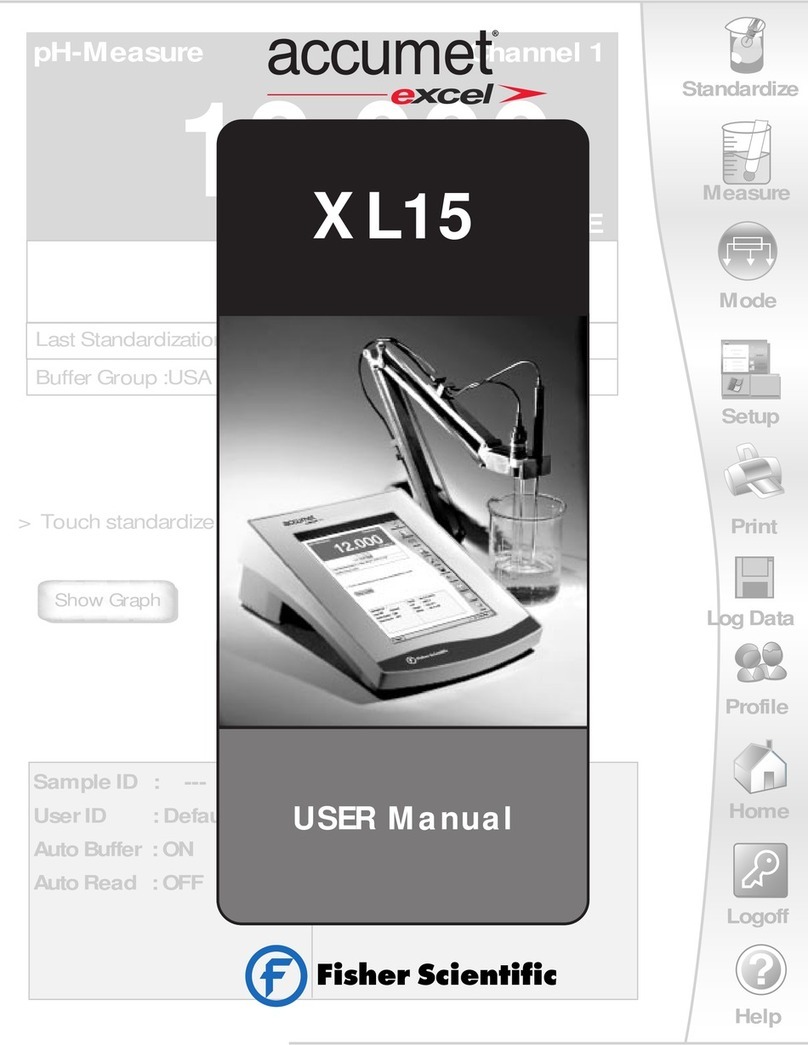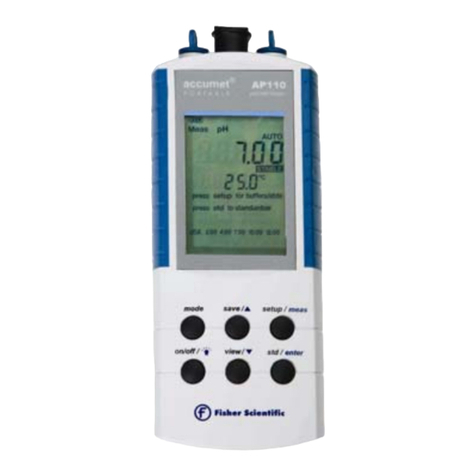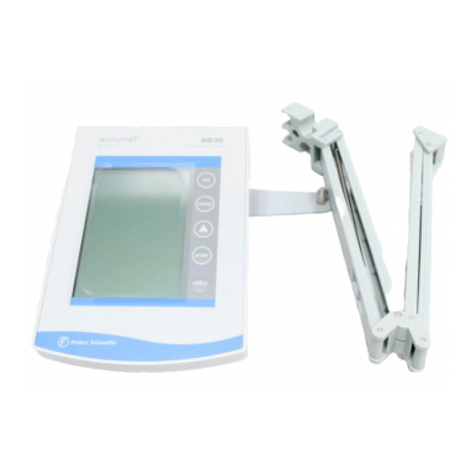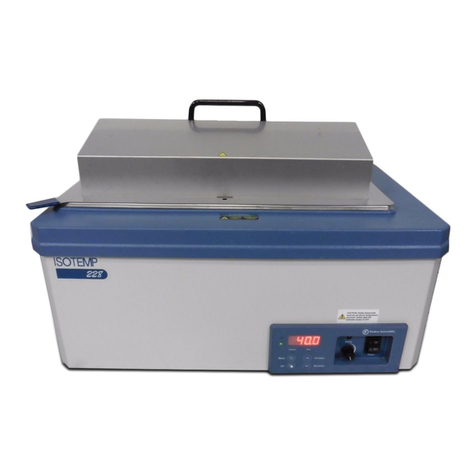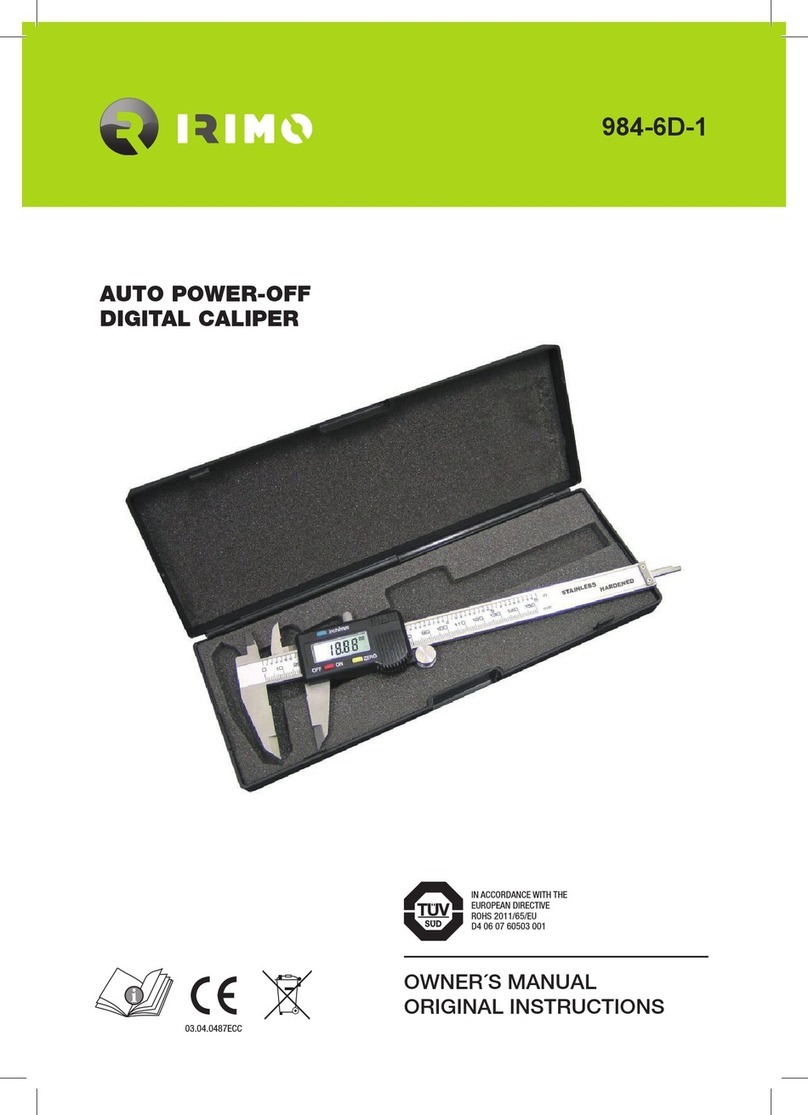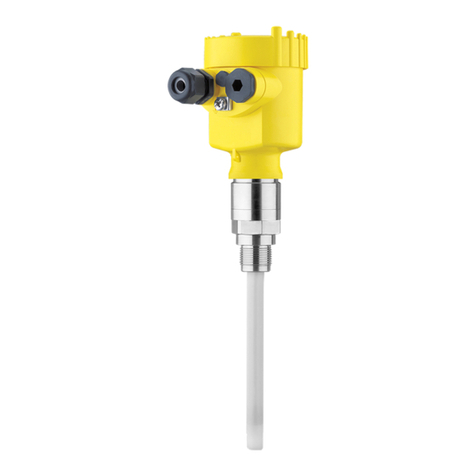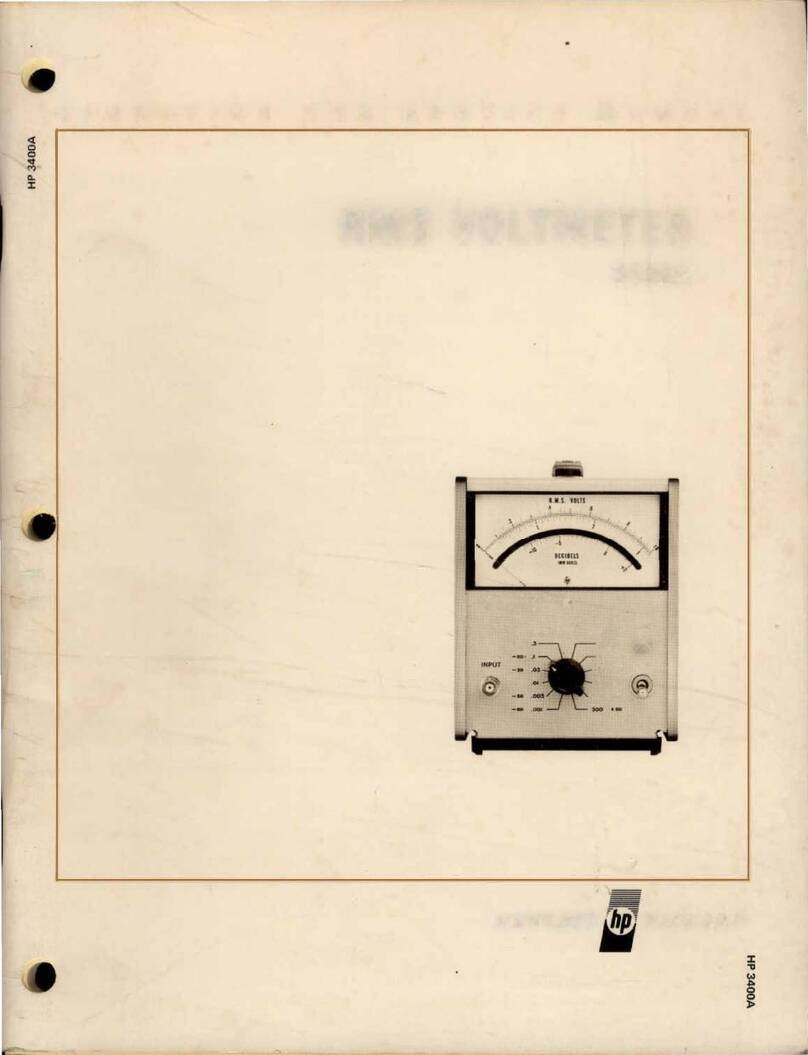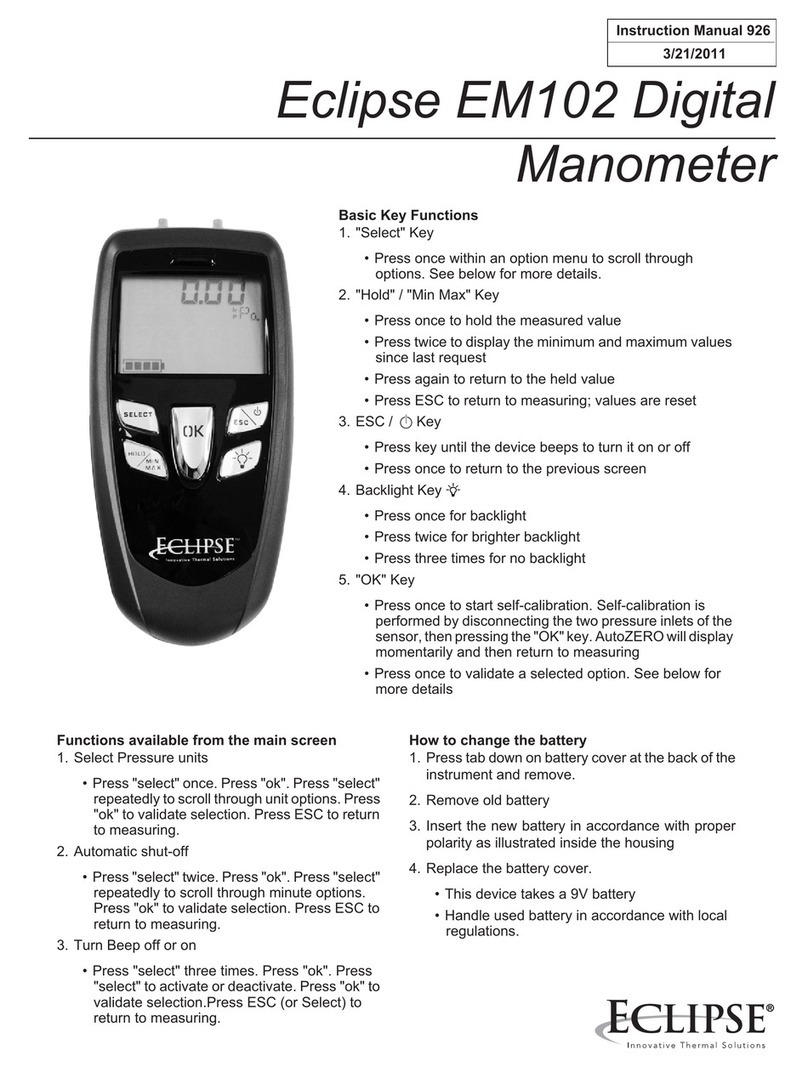1
Table of Contents
1. Introduction................................................................................................................ 3
2. Keypad & Display....................................................................................................... 4
Connections: ............................................................................................................................... 6
3. System Setup & Configuration................................................................................. 7
STABILITY .................................................................................................................................. 7
EXPORT DATA........................................................................................................................... 7
DATE & TIME.............................................................................................................................. 8
PASSWORD ............................................................................................................................... 8
FACT RESET.............................................................................................................................. 9
CONTRAST................................................................................................................................. 9
STIRRER..................................................................................................................................... 9
SAMPLE ID ................................................................................................................................. 9
LANGUAGE ................................................................................................................................ 9
BEEP........................................................................................................................................... 9
4. Setup pH & mV........................................................................................................... 10
BUFFER (pH Only) ..................................................................................................................... 10
RESOLUTION (pH Only) ............................................................................................................ 10
ALARM........................................................................................................................................ 10
STD DUE (pH Only) .................................................................................................................... 10
5. pH Standardization (With Preset Buffer Group)...................................................... 11
6. pH Standardization (With Custom Buffers)............................................................. 12
7. mV Standardization (Offset Adjustment)................................................................. 13
8. Temperature Setup .................................................................................................... 13
9. Temperature Standardization ................................................................................... 14
10. Conductivity, TDS, Salinity, & Resistivity Setup..................................................... 15
STD METHOD (Conductivity Mode Only)................................................................................... 15
STD POINTS............................................................................................................................... 15
PURE WAT COEF (Pure Water Coefficient) .............................................................................. 16
TEMP COEFFICIENT (Linear).................................................................................................... 16
NORMALIZATION TEMPERATURE (ºC) ................................................................................... 16
TDS FACTOR (TDS Mode Only) ................................................................................................ 16
CELL CONST (Cell Constant)..................................................................................................... 16
ALARM........................................................................................................................................ 17
STD DUE..................................................................................................................................... 17

